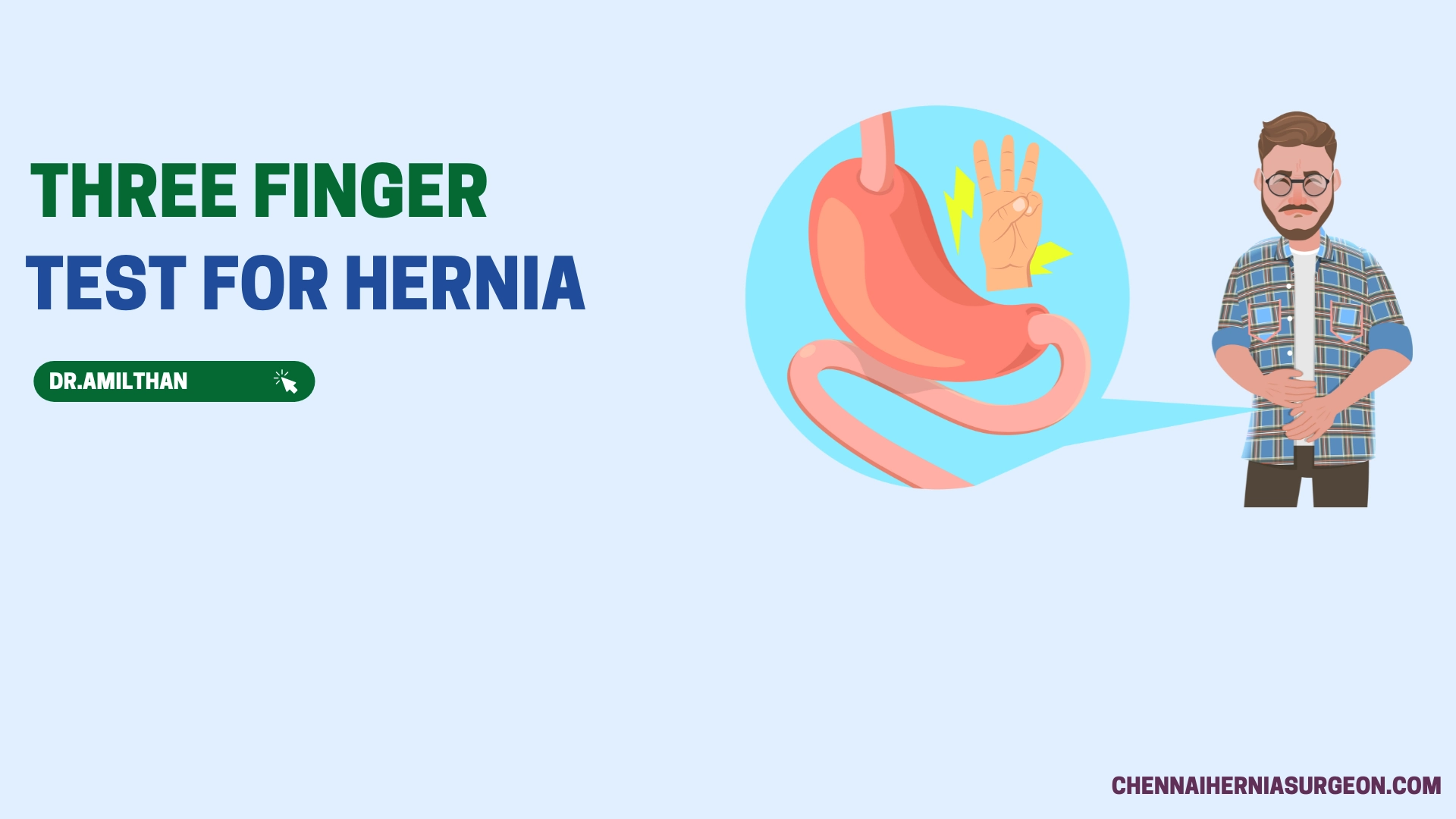What Is The Three Finger Test ENT? Everything You Need To Know
Ever heard of the Three Finger Test ENT? It’s a simple yet effective method used by ENT specialists to evaluate hearing loss and ear function. This test might sound basic, but it plays a crucial role in diagnosing potential issues with your ears. Whether you're experiencing hearing problems or just curious about how your ears work, understanding this test can give you valuable insight into your auditory health.
Imagine walking into an ENT clinic feeling worried about your hearing. The doctor pulls out a simple tool—just their fingers—and asks you to close your eyes. Sounds strange, right? But that’s exactly what happens during the Three Finger Test ENT. This non-invasive technique is quick, painless, and incredibly informative for both patients and doctors alike.
In today's fast-paced world, hearing issues are becoming more common due to noise pollution, aging, and lifestyle factors. Early detection is key to preventing further damage, and the Three Finger Test ENT is one of the first steps in identifying potential problems. Stick around as we dive deep into this topic, uncovering everything from its purpose to how it works and why it matters.
Read also:Exploring Rule 34 Sophie Rain A Comprehensive Guide
Understanding the Basics of the Three Finger Test ENT
Let's break down the basics of this fascinating test. The Three Finger Test ENT is essentially a method used by healthcare professionals to assess your ability to hear different sounds at various frequencies. It’s called the "three finger test" because the doctor typically uses their thumb, index finger, and middle finger to create distinct sounds.
Here’s how it works: the doctor will hold their hand about a foot away from your ear and snap their fingers or rub them together. You’ll be asked to identify which finger movements you can hear. Simple, right? But don’t let its simplicity fool you—this test can reveal a lot about your hearing health.
Why is this important? Well, hearing loss can occur gradually, and many people don’t even realize they have a problem until it becomes severe. By conducting regular checks like the Three Finger Test ENT, doctors can catch issues early and recommend appropriate treatments or interventions.
Who Needs the Three Finger Test ENT?
So, who should consider getting this test? Honestly, anyone who’s concerned about their hearing can benefit from it. However, certain groups are more likely to need it than others. For instance:
- People over 50 years old, as age-related hearing loss (presbycusis) is quite common.
- Individuals exposed to loud noises regularly, such as musicians, construction workers, or nightclub staff.
- Those with a family history of hearing issues.
- Anyone experiencing symptoms like ringing in the ears (tinnitus), difficulty understanding speech, or muffled hearing.
Think about it—how often do you find yourself asking people to repeat themselves or turning up the volume on your TV? These could be early warning signs that something’s off with your ears. The Three Finger Test ENT is a great starting point for anyone worried about these symptoms.
How Accurate Is the Three Finger Test ENT?
While the Three Finger Test ENT isn’t as comprehensive as advanced audiometric tests, it’s still surprisingly accurate for initial screenings. It helps doctors determine whether there’s a conductive hearing loss (issues with sound transmission through the outer or middle ear) or sensorineural hearing loss (damage to the inner ear or auditory nerve).
Read also:Kaylee Hartungs Journey Through Eye Surgery A Comprehensive Guide
Factors Affecting Accuracy
Several factors can influence the accuracy of the test:
- Environmental noise—conducting the test in a quiet room ensures better results.
- Consistency in technique—doctors need to maintain the same distance and volume for accurate comparisons.
- Patient cooperation—paying attention and responding honestly to the sounds heard is crucial.
Despite these limitations, the Three Finger Test ENT remains a valuable tool in the hands of skilled practitioners. It’s like a quick snapshot of your hearing health, guiding doctors toward more detailed investigations if needed.
Step-by-Step Guide to Performing the Three Finger Test ENT
Curious about how the test is performed? Let’s walk you through it step by step:
- The patient is asked to sit comfortably in a quiet room.
- The doctor stands beside the patient and places one hand near the ear being tested.
- Using their thumb, index finger, and middle finger, the doctor creates three distinct sounds—snapping, rubbing, and clicking.
- The patient is instructed to indicate which sound they hear and at what volume.
- The process is repeated for the other ear to ensure balanced results.
Simple, isn’t it? Yet, this straightforward procedure can provide significant insights into your auditory capabilities. It’s amazing how much information can be gathered without expensive equipment or invasive procedures.
Common Misconceptions About the Three Finger Test ENT
There are a few myths floating around about the Three Finger Test ENT. Let’s debunk them:
- Myth #1: It’s only for children. Wrong! Adults can benefit from this test just as much.
- Myth #2: It’s painful. Nope! The test is completely painless and non-invasive.
- Myth #3: It’s outdated. While newer technologies exist, the Three Finger Test ENT remains a reliable screening tool.
It’s essential to separate fact from fiction when it comes to medical procedures. Understanding the truth about the Three Finger Test ENT can encourage more people to seek help when needed.
Benefits of the Three Finger Test ENT
Now, let’s talk about the advantages of this test:
- Cost-Effective: Since it doesn’t require expensive equipment, it’s an affordable option for clinics and patients alike.
- Quick and Easy: The test takes only a few minutes, making it ideal for busy schedules.
- Non-Invasive: No needles, no discomfort—just a gentle evaluation of your hearing.
- Informative: It provides valuable data that can guide further diagnostic efforts.
These benefits make the Three Finger Test ENT a go-to choice for many ENT specialists when assessing hearing health.
Limitations of the Three Finger Test ENT
Of course, no test is perfect. The Three Finger Test ENT has its limitations:
- It’s not suitable for diagnosing complex hearing disorders.
- Results can vary depending on the environment and technique used.
- Patient cooperation is critical; inaccurate responses can skew the results.
That said, these limitations don’t diminish its value as a preliminary screening tool. It’s simply a stepping stone toward more advanced evaluations if necessary.
When Should You See an ENT Specialist?
If the Three Finger Test ENT reveals any issues, it’s time to consult an ENT specialist. But what signs should prompt you to seek professional help?
- Persistent ear pain or discomfort.
- Sudden or gradual hearing loss.
- Tinnitus or ringing in the ears.
- Feeling of fullness or pressure in the ears.
Remember, early intervention can prevent minor issues from escalating into major problems. Don’t hesitate to reach out to an expert if you notice anything unusual about your hearing.
Treatment Options After the Three Finger Test ENT
Depending on the results of the test, your ENT specialist may recommend various treatments:
- Hearing Aids: For mild to moderate hearing loss, hearing aids can significantly improve auditory function.
- Medications: In cases of infection or inflammation, antibiotics or anti-inflammatory drugs may be prescribed.
- Surgery: For structural issues like perforated eardrums, surgical intervention might be necessary.
- Therapy: Auditory rehabilitation programs can help individuals adapt to hearing loss and improve communication skills.
Your treatment plan will depend on the underlying cause of your hearing issues and the severity of the problem. Working closely with your healthcare provider ensures the best possible outcomes.
Conclusion: Why the Three Finger Test ENT Matters
In conclusion, the Three Finger Test ENT is a vital tool in the world of auditory healthcare. It’s simple, effective, and accessible, making it an excellent choice for initial screenings. By identifying potential hearing issues early, you can take proactive steps to protect your auditory health.
We encourage you to share this article with friends and family who might benefit from knowing about the Three Finger Test ENT. And if you have any questions or experiences to share, drop us a comment below—we’d love to hear from you!
Table of Contents
- Understanding the Basics of the Three Finger Test ENT
- Who Needs the Three Finger Test ENT?
- How Accurate Is the Three Finger Test ENT?
- Step-by-Step Guide to Performing the Three Finger Test ENT
- Common Misconceptions About the Three Finger Test ENT
- Benefits of the Three Finger Test ENT
- Limitations of the Three Finger Test ENT
- When Should You See an ENT Specialist?
- Treatment Options After the Three Finger Test ENT
- Conclusion: Why the Three Finger Test ENT Matters


